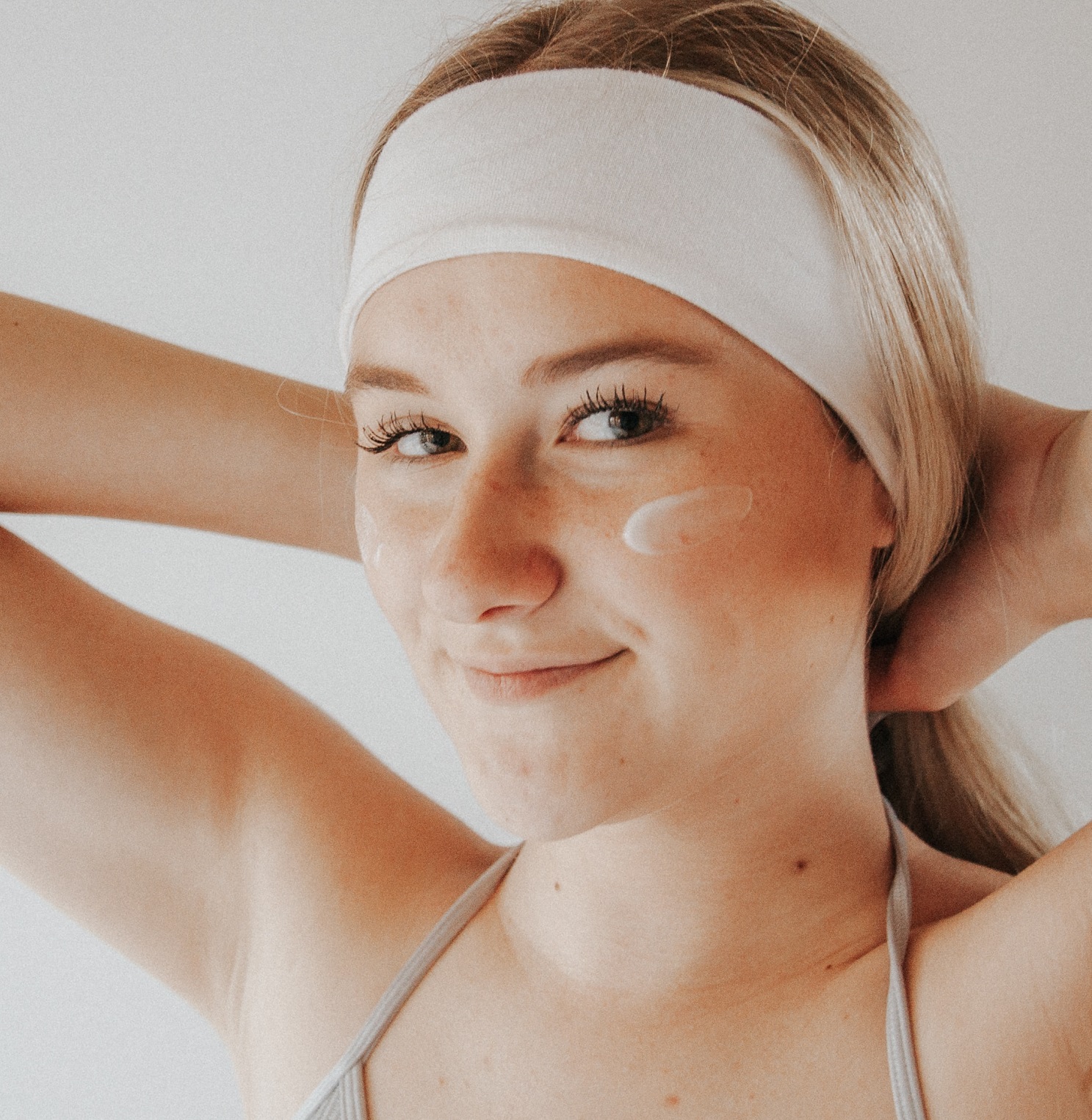We’ve all experienced acne at least once in our lives, and some of us are still dealing with something a bit complicated: the acne aftermath.
Acne scars can look really cool and even add character, but that doesn’t work for everyone. Most people find the scars to be an annoying reminder of their breakouts. The worst part is that the acne aftermath could come in various shades, sizes, and shapes, depending on how a person’s skin reacts.
If you want to handle the acne aftermath by fading and concealing it, here is what you need to know.
Remember that what suits a person’s skin might not do the same with you. Discuss with a specialist for the best results!
The Power of Brightening Ingredients
Products that help fade discoloration are perfect once a blemish has diminished. Some of the best ingredients are:
- niacinamide
- vitamin C
- tranexamic acid
Such ingredients can reduce melanin overproduction, which is a well-known cause of hyperpigmentation, as per scientific research.
Don’t Forget About SPF!
Wearing sunscreen is necessary, even if we have just welcomed the cold season. The reason?
Hyperpigmentation can get worse if you expose yourself to UV rays, triggering melanin production. So, choosing to incorporate SPF into your skincare routine can make acne scars less visible!

Apply Concealer
Before you apply a concealer, you should know that hydration is key. So, find a moisturizer for your skin type, and apply it before concealer.
EXTRA TIP: let the moisturizer sink into your skin for a few minutes.
How to use the best concealer
Concealers vary in texture, from dense, emollient formulas to thin liquids, but for acne scars, there’s a whole other category: the matte or satin finish.
How to apply concealer
A concealer should be applied carefully. A tiny amount of product can do wonders, so try not to use much!
Choose your favorite makeup sponge or a concealer brush, and apply a thin layer. Finish your routine with a small amount of powder for a longer-lasting effect.


























Leave a Reply